Paris/Dakar
As busy as we are recording & preparing for the Tycho shows coming up, Dakar is celebrating it’s birthday this week and I didn’t want to miss out. Here is some great imagery captured in the 34 years since the rally raid’s inception.
As busy as we are recording & preparing for the Tycho shows coming up, Dakar is celebrating it’s birthday this week and I didn’t want to miss out. Here is some great imagery captured in the 34 years since the rally raid’s inception.
I recently acquired some concrete art form Concrete Cat. They keep impressing me with the things they are doing in concrete. From a clock collaboration with Furni to Matt Heide’s Concrete Tactile Painting to larger furniture and counter tops. I love seeing an artist evolve with their craft as they push the limits of its intended purpose.
concretecat.com
mattheide.com
Instagram: @concretecat
Posted by: Seth Hardie | Instagram: @hallwood
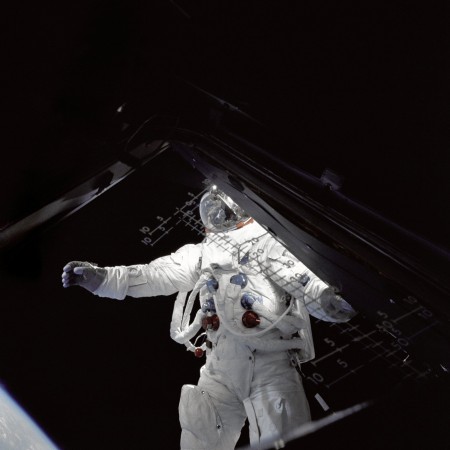
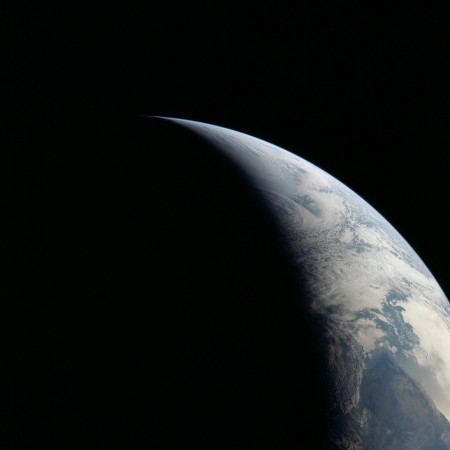
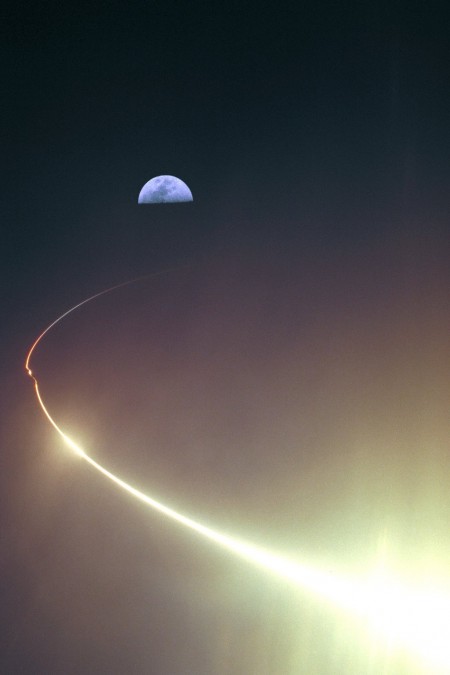
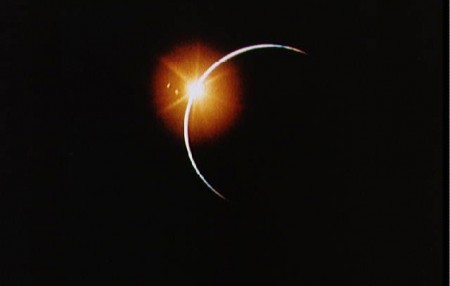
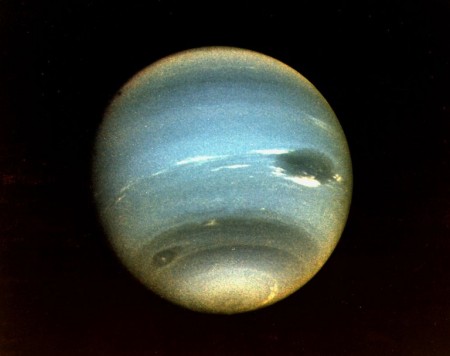
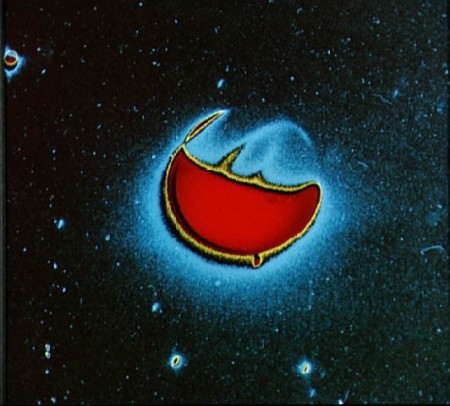
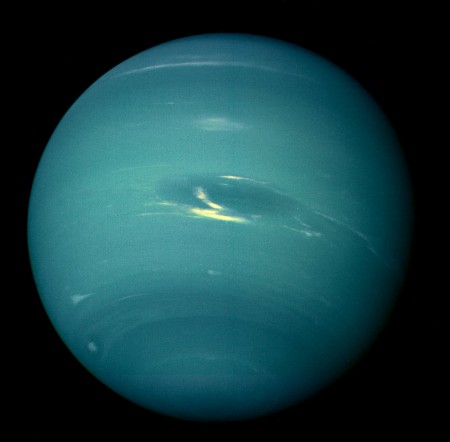
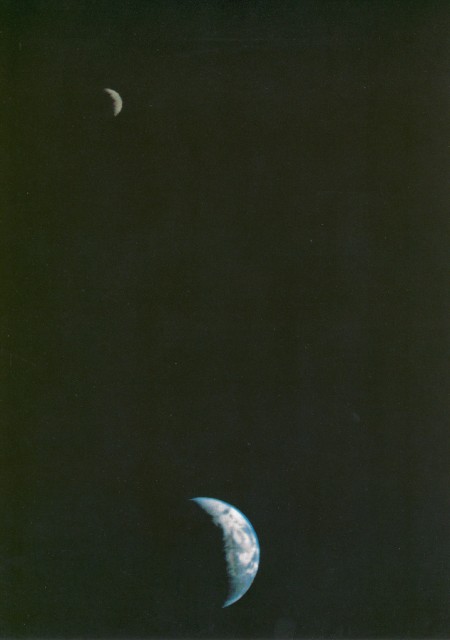
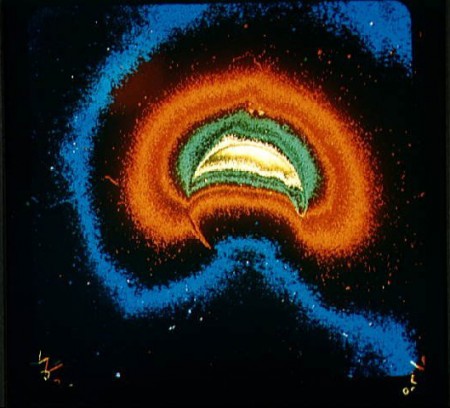
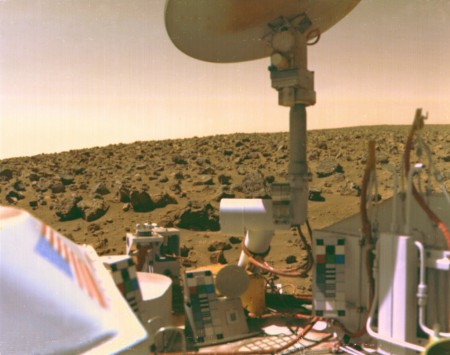
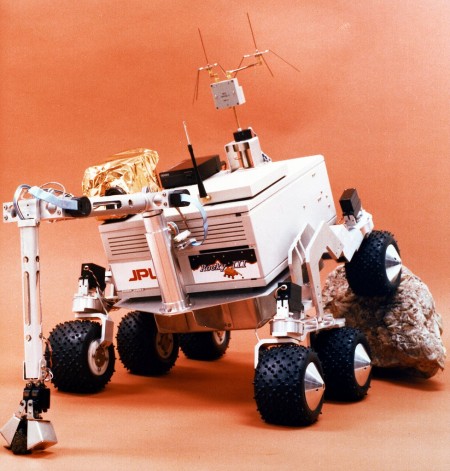
Always a wealth of incredible images (many of them high-res) on the NASA Commons Flickr page.
Further viewing: NASA Commons Pt. 1
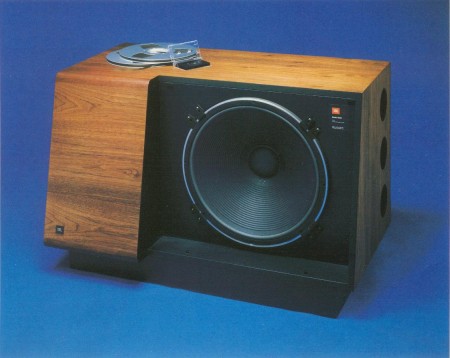
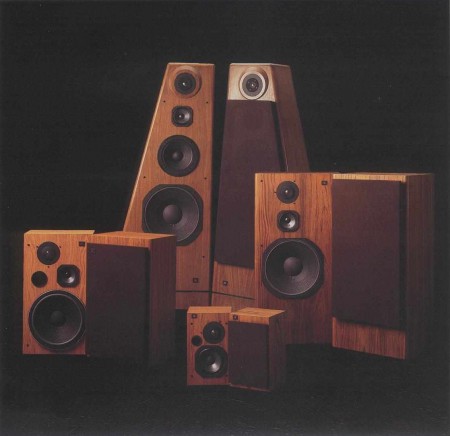
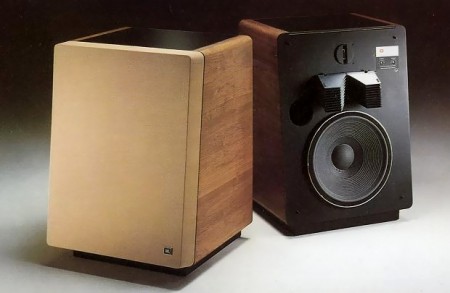
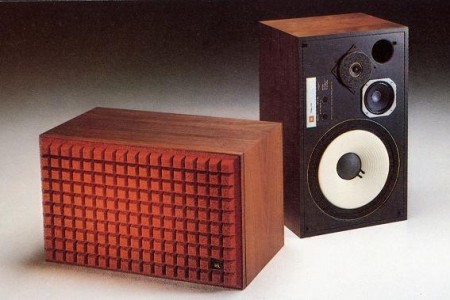
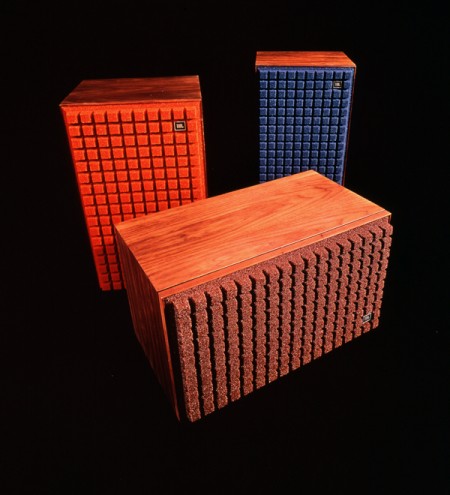
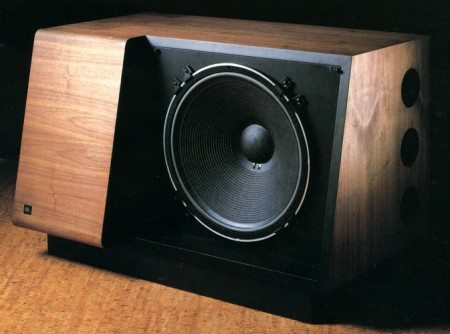
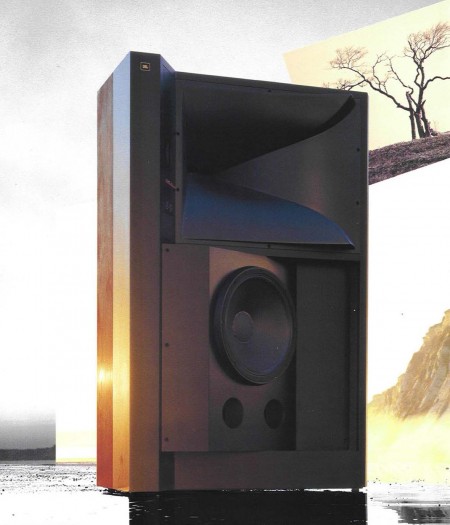
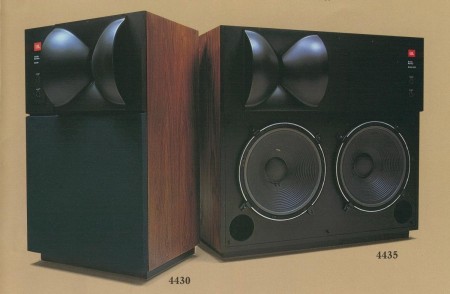
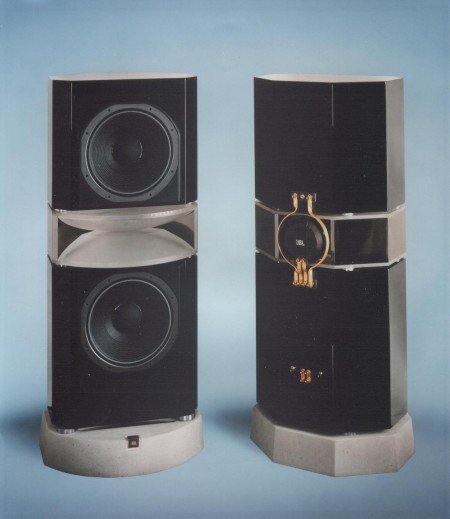
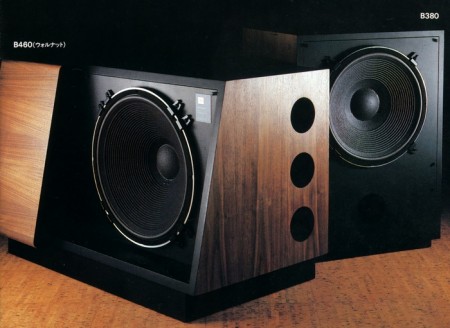
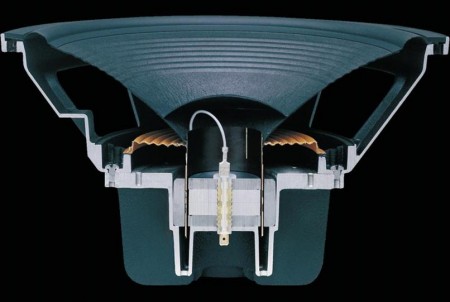
A few past greats from JBL’s heyday. Love old product shots like these from magazines; the color and that gradient background style add so much.
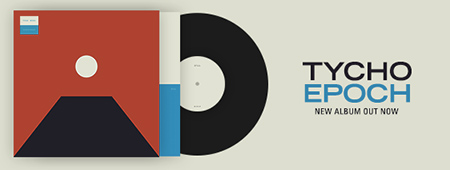
Expedition 31 Flight Engineer Don Pettit relayed some information about photographic techniques used to achieve the images:
“My star trail images are made by taking a time exposure of about 10 to 15 minutes. However, with modern digital cameras, 30 seconds is about the longest exposure possible, due to electronic detector noise effectively snowing out the image. To achieve the longer exposures I do what many amateur astronomers do. I take multiple 30-second exposures, then ‘stack’ them using imaging software, thus producing the longer exposure.”
Amazing photos from a new book on Balthazar Korab’s architectural photography.
Emigrating to the US from Hungary in 1955, Korab was initially hired by Eero Saarinen as a designer, but his skills as a photographer quickly took center stage stage and he effectively became Saarinen’s in-house photographer, using photography as a tool for design development in addition to documentation of finished works.
While of course featuring many of Saarinen’s iconic buildings, the book also shows Korab’s commissioned photos of works by Corb, Mies, Kahn, Frank Lloyd Wright….
Posted by: Rob Fissmer
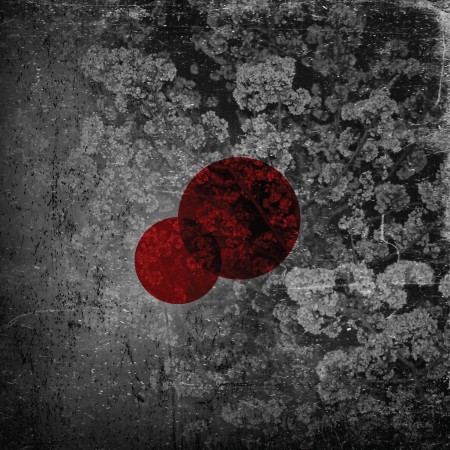
We are really proud to be sharing such a lush album with you guys this weekend from Billow Observatory. I finally was able to sit all the way thru it today and it really came together as one of the most cohesive albums of the year. The sound is submerged in Loscil like drones but every so often you feel like everything comes up for air.
Time. It all comes back to time.
The self-titled debut album from Billow Observatory — the duo comprising Danish producer Jonas Munk, aka Manual, and Auburn Lull guitarist Jason Kolb — is a record that has been nearly a decade in the making, and a record that unfolds at a stately, unhurried pace, its subtleties revealing themselves with repeated listening. Its sound reflects its creators’ diverse backgrounds — Kolb’s ambient guitar work, along with Munk’s experience in film music and the minutiae of sound engineering — as well as their patience and devotion to their craft.
The genesis of Billow Observatory came in summer 2004, when Munk was first introduced to Kolb’s work with Auburn Lull. A split EP between Manual and Auburn Lull was mooted, and although this didn’t materialize, the duo began exchanging ideas and audio files, finally meeting in person during 2007 when they played a show together in Michigan.
As time passed, their work began to coalesce into what would become Billow Observatory — as Munk says, “We never expected to be working on material for six years, but something very exciting took shape as soon as we started working together and we had to follow that idea to the end.” The process of following that idea was slow and deliberate, one that required meticulous attention to detail and nuance. The resultant album is the work of two musicians at the top of their game, pouring years of experience and expertise into the creation of a record where every sound is there for a reason.
Munk adds, “The basis for most of this material comes from guitars and effects devices but every bit has been processed and treated with software… I didn’t use a lot of different effects – the focus on my part has been on shaping each bit of sound to perfection, still maintaining the character of a guitar but turning it into something that doesn’t sound ‘played’. I think of a lot of this material as sounding as if it comes from surroundings rather than from hands touching instruments.”
The music the duo have created is immersive and somehow timeless, evoking places and ambiences as exotic as some of those that give the songs their names. “I remember we would sometimes ask each other questions about random places with interesting names that we thought the other person would know something interesting about,” Kolb explains. “I would ask Jonas about the Baltic Sea, Scandinavia, or something in that general area of the world and he would ask something similar about Michigan or the Great Lakes. I think we were influenced by the idea of creating music that told vague, semi-fictitious histories of places we knew very little about.”
In an age where we race from one instant to the next, never stopping to think about the moment we’re inhabiting, Billow Observatory is a record that rewards patience and, yes, time. “[The album] is dense with emotion and meticulously crafted,” says Munk, “while feeling light and airy when listening to the song as a whole. I have had this album for over a year and it still withstands the test of time.”
It would be difficult to understate the influence of Lawren Harris’ abstract landscapes on Canadian identity. As a founding member of The Group of Seven, Harris pioneered a distinctly Canadian school of art that departed from European contemporaries of the same era. Minimal in texture and detail, his grandiose landscapes use sweeping curves and simplified abstract forms to capture a wider, almost spiritual representation of a landscape.
Fairly covering Harris’ entire career in a single blog post is tricky, but what I’ve presented here are the some of his best known works from Northern Ontario (Lake Superior) in the 1920’s and the Rocky Mountains and Arctic during the 1930’s. I’ve also provided a look at some of the more abstract, but less celebrated work he painted during the late 1930’s and 40’s. Overall, I find most of what he painted during these years to imbue a remarkable sense of modernism, and something I’m hoping readers of ISO50 can appreciate.
I know some of you are most likely familiar with the Group of Seven and Lawren Harris, but if not I would love to know what you think and if you find the work inspiring.
Posted By: Owen Perry
Instagram: @circa_1983
If you’re interested watching a black and white interview with Harris, here’s something from the CBC Archives (c1961). Please excuse the commercials.